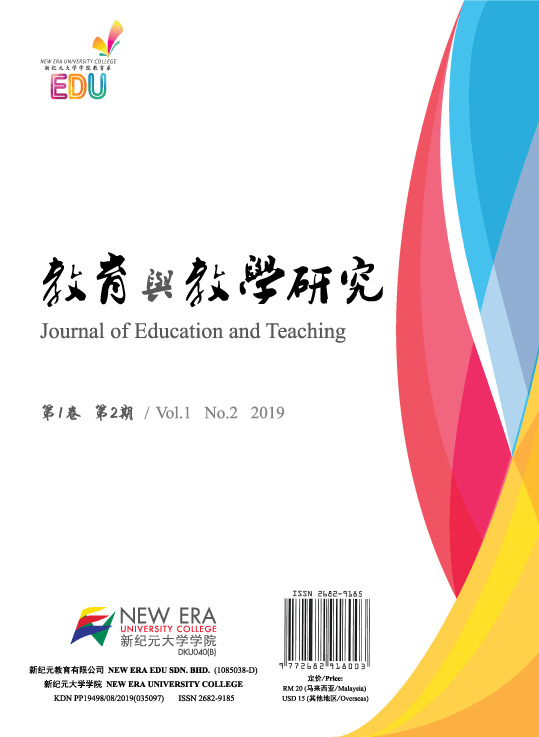全身反应法与对外汉语教学研究综述 A Review on Total Physical Response and Teaching Chinese as a Foreign Language
Keywords:
全身反应法, 对外汉语,教学法,肢体动作, Total Physical Response, Teaching Chinese as a Foreign Language, Teaching Methods, Body MovementsAbstract
全身反应法是由詹姆斯·阿舍尔(James T. Asher) 提出的一种语言教学法, 并盛行于70年代。 全身反应法的英文名称是Total Physical Response, 简称为TPR。此法适用于第二语言或外语初级阶段的学习者。 运用全身反应法有利于调动学生的兴趣, 增强学生的信心,提高效率,优化教学。 本文简述了全身反应法的理论基础、 教学阶段、 教学模式、 优点和缺点等等方面, 旨在为第二语言或外语学习提供借鉴。
Total Physical Response is an approach to language teaching. It is developed by James T. Asher and it was popularized in the 1970s. The abbreviation of Total Physical Response is TPR. This approach applies to learners in the primary stage of a second language or foreign language. TPR is considered to have positive impact not only eliciting students'interests and enhancing their confidence, but also improving teachers'efficiency and learning outcome. This paper briefly describes the theoretical basis, teaching stages and modes, advantages and disadvantages of TPR and finally provides insights to improve a second language or foreign language learning.




